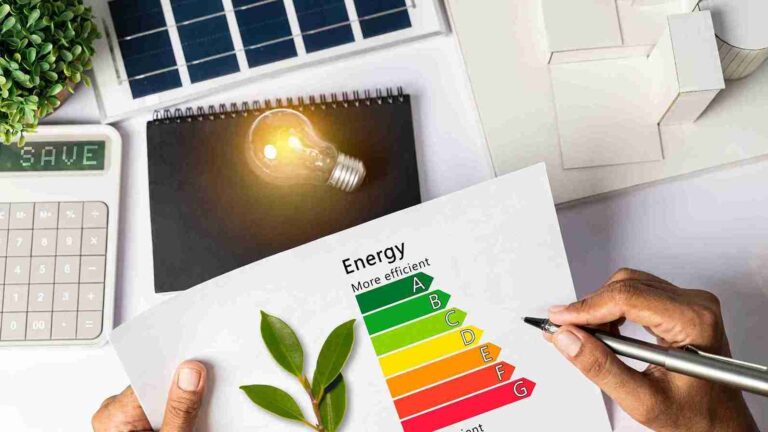
Life Cycle Assessment Services ,Environmental Sustainability Services, Carbon Footprint Services, Environmental Impact Assessment Services, Sustainability Report Services, Environmental Product Declaration Services, Green Technology Services, Lifestyle For Environment Services, Measuring Carbon Footprint Services, Green Building Certification Services, Environmental Audit Services , Water Footprint Services

Unveiling Your Sustainability Potential: A Guide to Green Audits
In today’s environmentally conscious world, businesses are increasingly seeking ways to minimize their impact and operate more sustainably. Enter the Green Audit, a powerful tool that helps organizations assess their environmental footprint and identify areas for improvement.
What is a Green Audit and Why is it Important?
A Green Audit, also known as a sustainability assessment or environmental impact assessment, is a systematic evaluation of a company’s operations, practices, and policies. It goes beyond simply checking a box; it’s a comprehensive analysis designed to:
- Identify areas of environmental impact: Where is your company using the most energy or water? What types of waste are you generating? A Green Audit helps pinpoint these areas for improvement.
- Measure resource consumption: Quantify your resource use – energy, water, raw materials – to establish baselines and track progress over time.
- Develop strategies for sustainability: Based on the audit findings, you can create a roadmap for minimizing your environmental footprint and maximizing efficiency.
Benefits of Conducting a Green Audit:
Going green isn’t just good for the environment; it’s good for business. Here’s why a Green Audit can be a game-changer:
- Drives Sustainable Practices: The audit provides a clear picture of your current environmental impact, paving the way for implementing sustainable strategies.
- Meets Regulatory Requirements: Many environmental regulations require companies to monitor their impact. A Green Audit helps ensure compliance.
- Enhances Brand Reputation: Consumers are increasingly drawn to environmentally responsible brands. A Green Audit demonstrates your commitment to sustainability.
- Reduces Costs: By identifying areas of resource waste, a Green Audit can help you save money on energy, water, and waste disposal.
- Fosters a Culture of Environmental Responsibility: The audit process raises awareness among employees and encourages them to embrace sustainability practices.
Key Components of a Green Audit:
A Green Audit isn’t a one-size-fits-all process. However, it typically focuses on these critical areas:
- Energy Efficiency Evaluation: Analyze your energy consumption patterns, identify opportunities for conservation, and explore renewable energy options. This reduces your carbon footprint and saves on operational costs.
- Waste Management Analysis: Assess your waste generation, segregation practices, disposal methods, and recycling efforts. This helps you minimize environmental impact and promote a circular economy.
- Water Conservation Assessment: Evaluate water use patterns, explore water-efficient technologies, and identify opportunities for water recycling. This helps conserve this precious resource.
- Emissions Measurement and Reduction: Measure greenhouse gas emissions from your operations, identify their sources, and develop strategies to minimize them. This helps combat climate change and achieve sustainability goals.
Conducting a Green Audit: Moving from Awareness to Action
Ready to embark on your Green Audit journey? Here’s a breakdown of the key steps:
- Pre-Audit Preparation: Define the audit scope, assemble a dedicated team, and gather relevant data and documents. Engage stakeholders and establish clear objectives.
- On-Site Audit: Conduct thorough on-site inspections, collect data, interview staff, and observe operations. Prioritize accuracy, attention to detail, and clear communication with employees.
A Green Audit can be a transformative experience for your business. By identifying areas for improvement and implementing sustainable practices, you can minimize your environmental impact, enhance your brand reputation, and contribute to a greener future.
Greenex is your one-stop shop for Green Audits! We offer expert services to help your organization conduct a comprehensive assessment and develop a customized sustainability plan. Contact us today to learn more and unlock your green potential!